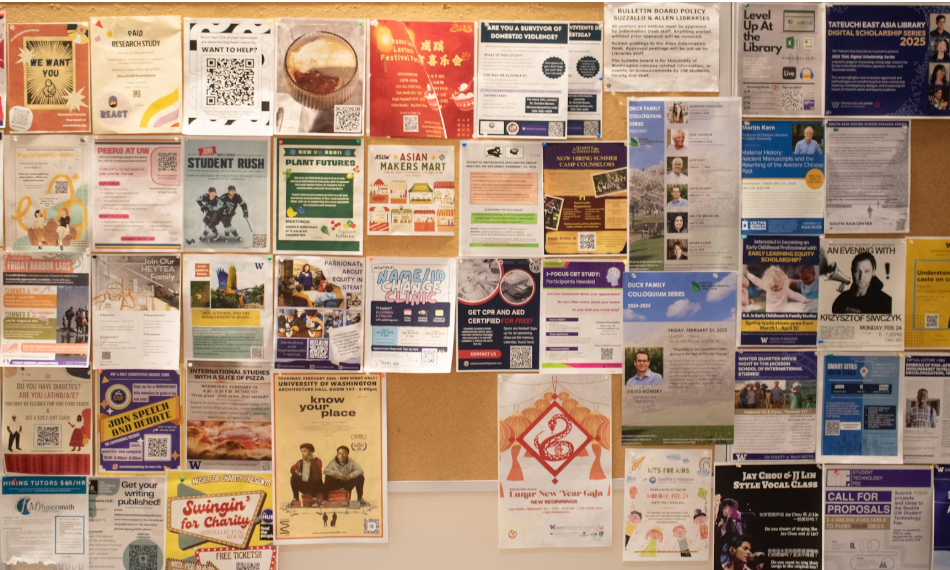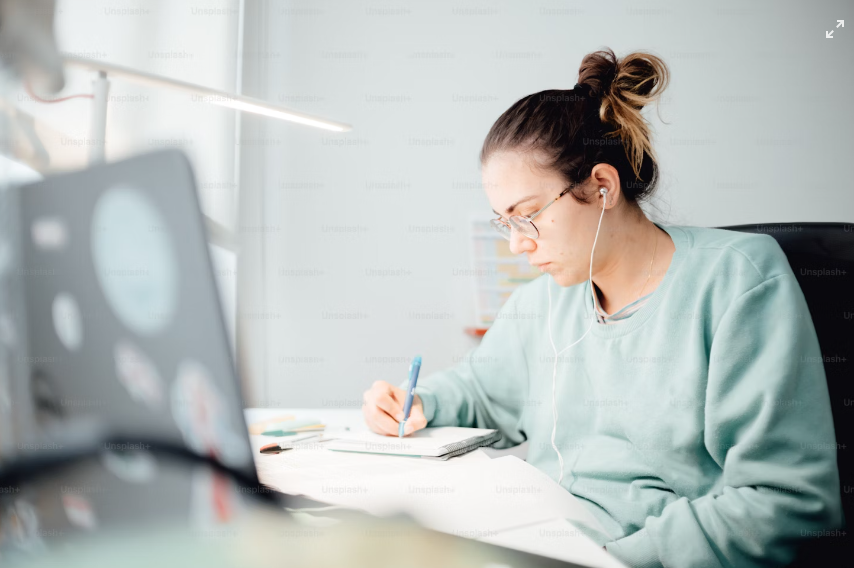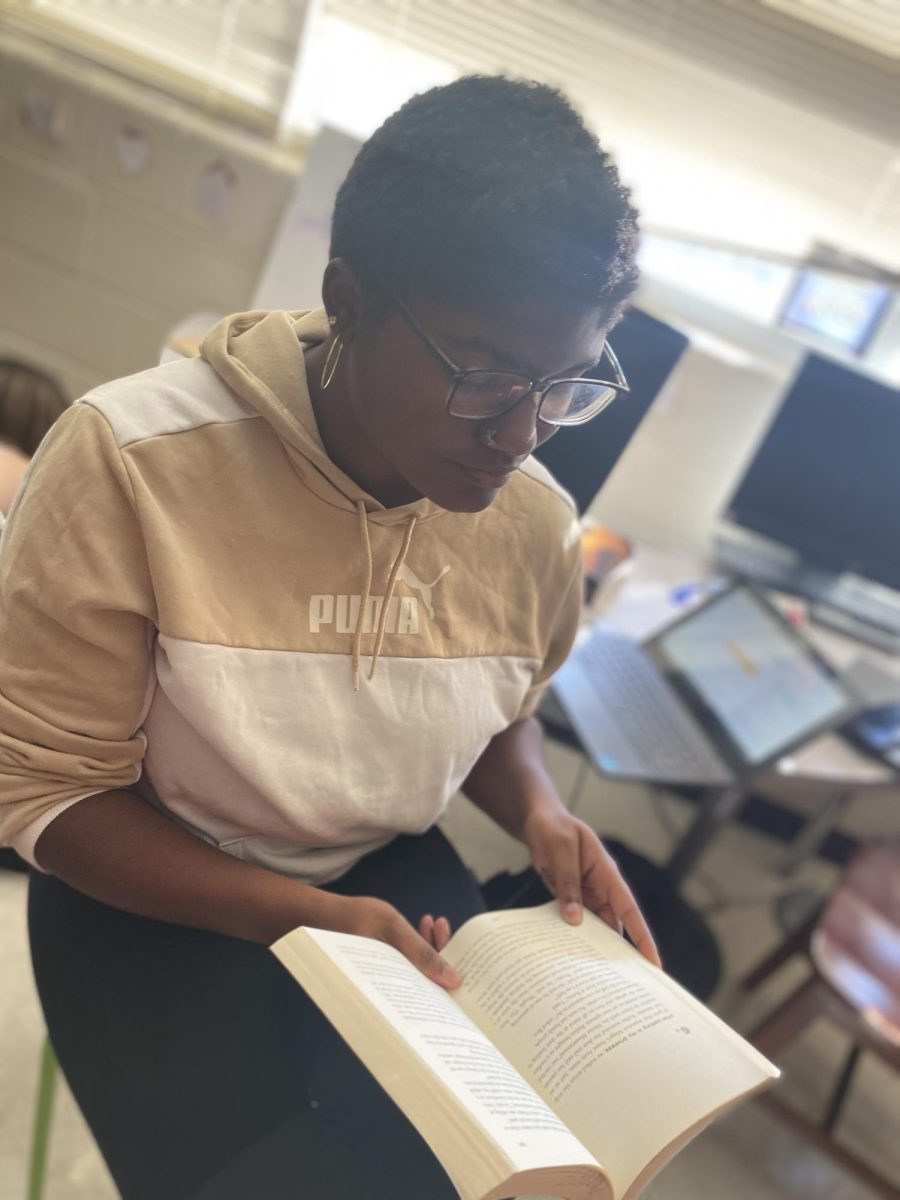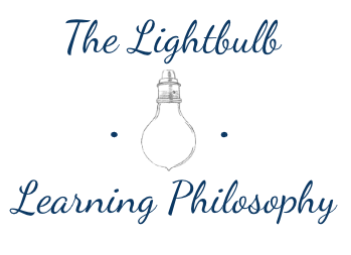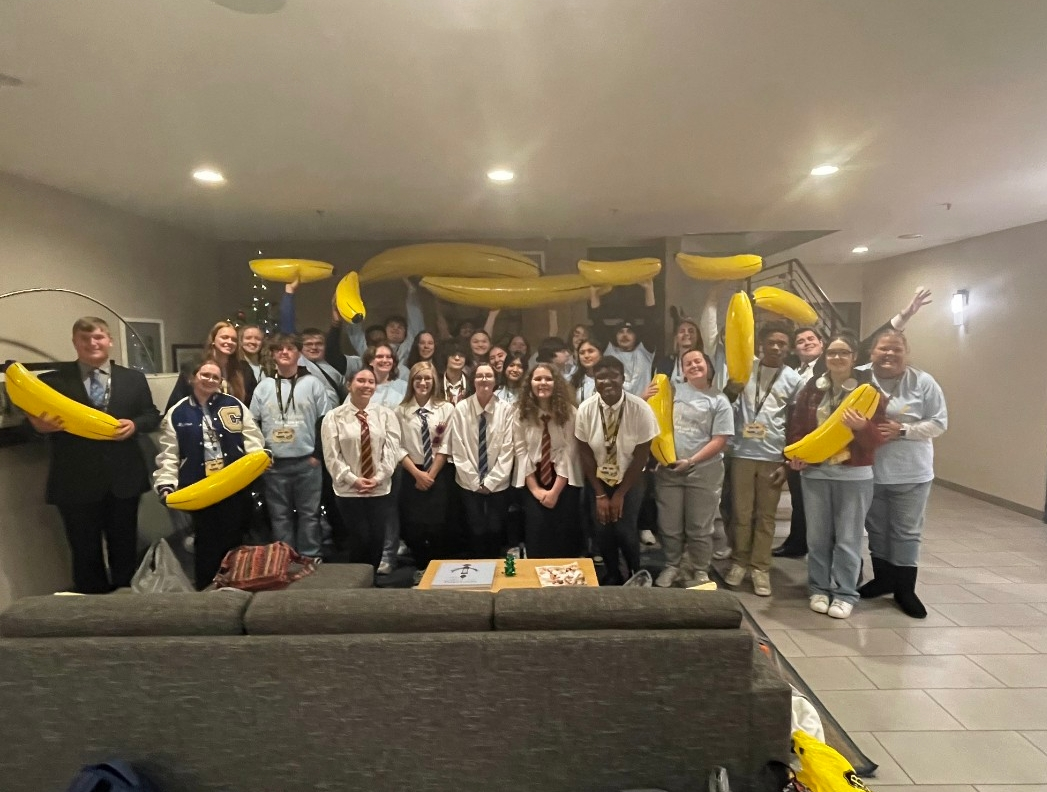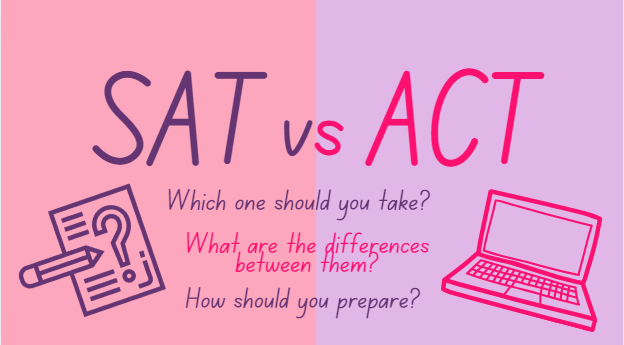Taking extensive tests can be stressful and overwhelming for some people. Some people are inherently good at taking tests while others tend to struggle despite the knowledge they possess on the topic. However, underperformance on exams is familiar to many students. Cass High School’s annual PSAT test will be on October 22nd, and though not everyone wants to take it, all tenth graders will have to take the test, which is optional for juniors. However, juniors are advised to take it because it will get them to practice for the SAT, which they must take to get into most colleges. So, how can students better prepare themselves for the test?
Study Methods
There are hundreds of ways to study, and everyone has their own strategy of what works for them and their own way of getting it done. While this article may not cover every way to study, these are ten popular techniques used by multiple students and colleges.
1) The SQ3R studying technique (Saint Augustine’s University (st-aug.edu))
Step #1
Survey: When reading a passage, skim the first paragraph or chapter, depending on the length of the text (for the PSAT, the test questions will be a few paragraphs, not chapters). Take notes on anything vital, including formulating themes, headings, images, or charts.
Step #2
Questions: make questions about the content of the paragraph and address what the chapter covers.
Step #3
Read: read the passage and formulate answers to made questions.
Step #4
Recite: After reading, summarize what has been read, identify significant points, and answer any remaining questions.
Step #5
Review: After finishing a chapter, review the material to understand it further. Quiz yourself and go back through anything if need be.
2) Retrieval Practice (Saint Augustine’s University (st-aug.edu))
Retrieval practice is a study philosophy based on remembering things later. The University of St. Augustine for Health Sciences says, “Remembering and writing down an answer to a flashcard before you turn it over is more effective than thinking you know the answer and flipping the card over early.”
How do you put this method into practice?
- Take a closed-note practice test.
- Create questions over the material
- Write down answers to a flash card on a piece of paper before flipping the card over
3) The Feynman Technique (Saint Augustine’s University (st-aug.edu))
The Feynman technique is as simple as not overthinking it. Students don’t need to use big fancy words to understand an idea. In the words of Micheal Scott, “Explain it like I’m five.” Some teachers may be opposed, but you could go on to any AI browser and ask it to explain a term or topic to you like you’re a five-year-old, and it will give a thoroughly but simply explained definition. Doing this makes it easier for the mind to remember more inclined concepts.
4) The Pomodoro Technique (iLovePDF | Online PDF tools for PDF lovers)
A study strategy that involves taking breaks and working in time intervals to help you further remember information.
How to use the Pomodoro technique (iLovePDF | Online PDF tools for PDF lovers)
- Choose a topic
- Set a twenty-five-minute timer
- Work until the timer goes off
- Take a five-minute break
- Then, after about every fourth study interval, take a fifteen to thirty-minute break
This method is prevalent due to its ability to help keep you focused and ability to eliminate distractions.
5) The Blurting Method (iLovePDF | Online PDF tools for PDF lovers)
The blurting method is when students write down everything they can think about on a topic without taking time to organize their thoughts. This system works because you actively recall all the information stored in their brains. According to IlovePDF, the blurting method has also grown popular due to the Youtuber Unjaded Jade and is currently trending. Like the Pomodoro method, it is advised to take breaks every twenty minutes or so and avoid cramming.
These are all tested effective study strategies that students can incorporate into their study routines and use for any test or quiz, not just the PSAT.
Study Tips
No Cramming
As mentioned numerous times in the paragraphs above, one thing any article about studying will warn against is cramming and trying to study for a big test just hours before you take it. Cramming is frowned upon because it increases stress, which can make it more challenging. Additionally, if students try to study everything for a test right before they take it, there is a higher chance their minds will go blank as soon as they sit down and take it.
Noise Environment ( www.Brainscape.com )
While most people advise students to study in a quiet place that might not work for others, according to brainscape.com, music can be helpful and hurtful when it comes to learning. “Music has been shown to improve both the quality and quantity of work output… [however] music can sometimes have a negative effect on studying… listening to music can impair your memorization skills [ according to more recent studies],” (Beckman). Whether music while studying is good or not may be up to who the person is or what they’re learning; music has shown to be beneficial to some and hurtful to others, so it’s just something students have to test out for themselves and see what works best.
Additional advice
Some more tips for big tests include getting a good night’s rest before the test so you are not groggy and can focus on the task at hand. Ensure to eat to eliminate the distraction of a growling stomach, and drink plenty of water to think more clearly. Last but not least, try not to stress. Overstressing can lead to students setting themselves up for failure and messing up due to overthinking. Overall don’t worry you’ve got this, just focus on doing the best you can do.


